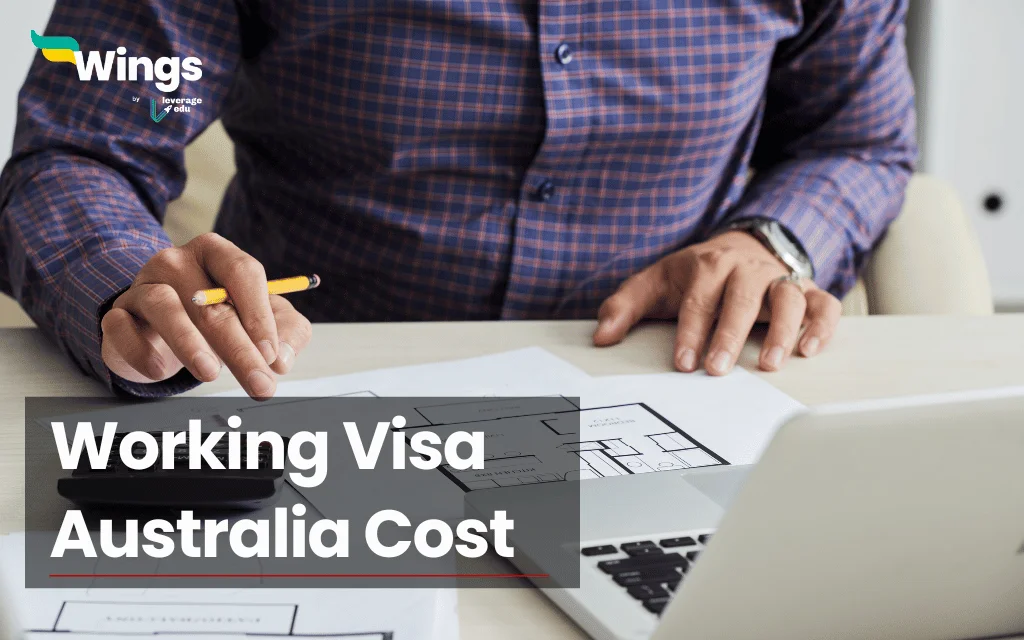Understanding the Requirements for an Australian Work Permit
Australia is one of the most sought-after destinations for skilled workers from around the globe, thanks to its robust economy, high living standards, and diverse job opportunities. To work legally in Australia, foreign nationals must obtain a work permit, commonly referred to as a work visa. This article will provide a detailed overview of the requirements, types of work permits, application processes, and frequently asked questions regarding Australian work permits.
Types of Australian Work Permits
Australia offers a variety of work visas tailored to different needs and circumstances. The primary categories include:
- Temporary Work Visas: These visas allow foreign nationals to work in Australia for a limited period, typically up to four years. They include:
- Temporary Skill Shortage (TSS) Visa (Subclass 482)
- Temporary Work (International Relations) Visa (Subclass 403)
- Temporary Work (Short Stay Specialist) Visa (Subclass 400)
- Working Holiday Visa (Subclass 417)
- Work and Holiday Visa (Subclass 462)
- Permanent Work Visas: These visas enable skilled workers to live and work in Australia indefinitely. They include:
- Skilled Independent Visa (Subclass 189)
- Skilled Nominated Visa (Subclass 190)
- Employer Nomination Scheme (ENS) Visa (Subclass 186)
- Regional Sponsored Migration Scheme (RSMS) Visa (Subclass 187)
- Distinguished Talent Visa (Subclass 124 and 858)
General Requirements for an Australian Work Permit
The specific requirements for obtaining an Australian work permit depend on the type of visa being applied for. However, there are some common prerequisites that most applicants must meet:
- Valid Passport: Applicants must hold a valid passport with at least six months of validity remaining.
- Sponsorship or Nomination: Most work visas require sponsorship from an approved Australian employer or nomination by a state or territory government.
- Skills and Qualifications: Applicants must possess relevant skills and qualifications that align with the nominated occupation. This often involves a skills assessment by a recognized assessing authority.
- English Language Proficiency: Applicants must demonstrate proficiency in English, usually through standardized tests such as IELTS, TOEFL, or PTE.
- Health and Character Requirements: Applicants may need to undergo medical examinations and provide police clearances to demonstrate they meet health and character standards.
- Age Limitations: Some visa subclasses have age restrictions, typically favoring applicants aged between 25 and 32.
- Financial Capacity: Applicants must show evidence of sufficient financial resources to support themselves during their stay in Australia.
Detailed Requirements by Visa Type
1. Temporary Skill Shortage (TSS) Visa (Subclass 482)
- Sponsorship: Must be sponsored by an approved Australian employer.
- Skills Assessment: A positive skills assessment is required for the nominated occupation.
- English Proficiency: Minimum English language score required (usually IELTS 5.0 or equivalent).
- Work Experience: At least two years of relevant work experience.
2. Skilled Independent Visa (Subclass 189)
- Points Test: Must pass a points test based on age, English proficiency, work experience, and qualifications.
- Skills Assessment: A positive skills assessment is mandatory.
- English Proficiency: Must demonstrate proficient English skills.
3. Skilled Nominated Visa (Subclass 190)
- Nomination: Must be nominated by an Australian state or territory government.
- Points Test: Must meet the points test requirements.
- Skills Assessment: Required for the nominated occupation.
- English Proficiency: Must demonstrate English language skills.
4. Employer Nomination Scheme (ENS) Visa (Subclass 186)
- Sponsorship: Must be nominated by an Australian employer.
- Skills Assessment: A skills assessment may be required, depending on the occupation.
- Work Experience: Generally requires at least three years of relevant work experience.
5. Working Holiday Visa (Subclass 417)
- Age Requirement: Applicants must be aged between 18 and 30 (or 35 for some countries).
- Financial Capacity: Must have sufficient funds to support themselves initially.
- No Sponsorship Required: This visa does not require employer sponsorship.
Application Process for an Australian Work Permit
The application process for an Australian work permit can be complex and involves several steps:
- Determine Eligibility: Assess your eligibility based on the visa type you wish to apply for.
- Gather Required Documents: Collect all necessary documents, including:
- Valid passport
- Skills assessment results
- Proof of English proficiency
- Health and character documents
- Employment offer or sponsorship details
- Submit Expression of Interest (EOI): For certain visas, submit an EOI through the SkillSelect system to indicate your interest in working in Australia.
- Receive Invitation to Apply: Wait for an invitation to apply for the visa, which is issued based on points scored in the EOI.
- Lodge Visa Application: Complete the online visa application form, attach required documents, and pay the visa application fee.
- Health Examination: Undergo any required health examinations by approved panel physicians.
- Await Decision: Wait for the Department of Home Affairs to process your application and notify you of the decision.
Common Challenges and Tips
Obtaining an Australian work permit can be challenging due to high competition and strict requirements. Here are some tips to improve your chances of success:
- Research: Thoroughly research the visa options available and choose the one that best suits your qualifications and circumstances.
- Professional Assistance: Consider consulting with a registered migration agent or immigration lawyer for guidance throughout the application process.
- Prepare for Assessments: Ensure that you meet all skill assessment requirements and prepare for English language tests well in advance.
- Stay Informed: Keep up-to-date with changes in immigration policies and visa requirements to avoid any surprises during the application process.
FAQ Section
- What is the difference between a work visa and a work permit in Australia?
- A work visa is a legal document that allows foreign nationals to enter and work in Australia, while a work permit is a specific type of visa that grants permission to work in the country.
- How long does it take to process an Australian work visa?
- Processing times vary depending on the visa type and individual circumstances, ranging from a few weeks to several months.
- Can I apply for a work visa without a job offer?
- Some visas, like the Skilled Independent Visa (Subclass 189), do not require a job offer, while others, like the Temporary Skill Shortage Visa (Subclass 482), do require employer sponsorship.
- What happens if my work visa application is rejected?
- If your application is rejected, you will receive a notification explaining the reasons. You may have the option to appeal the decision or reapply after addressing the issues.
- Can my family accompany me on a work visa?
- Many work visas allow you to include family members in your application, enabling them to live and work in Australia as well.
Conclusion
Obtaining an Australian work permit requires careful planning, research, and adherence to specific requirements. By understanding the types of visas available, the application process, and the necessary documentation, prospective applicants can enhance their chances of successfully securing a work visa in Australia. With its vibrant economy and diverse job market, Australia presents numerous opportunities for skilled workers seeking to advance their careers and experience a high quality of life.
Relevant Links
| Visa Type | Link |
|---|---|
| Australian Work Visas | https://immi.homeaffairs.gov.au/visas/getting-a-visa/visa-listing/work-visas |
 Skip to content
Skip to content



